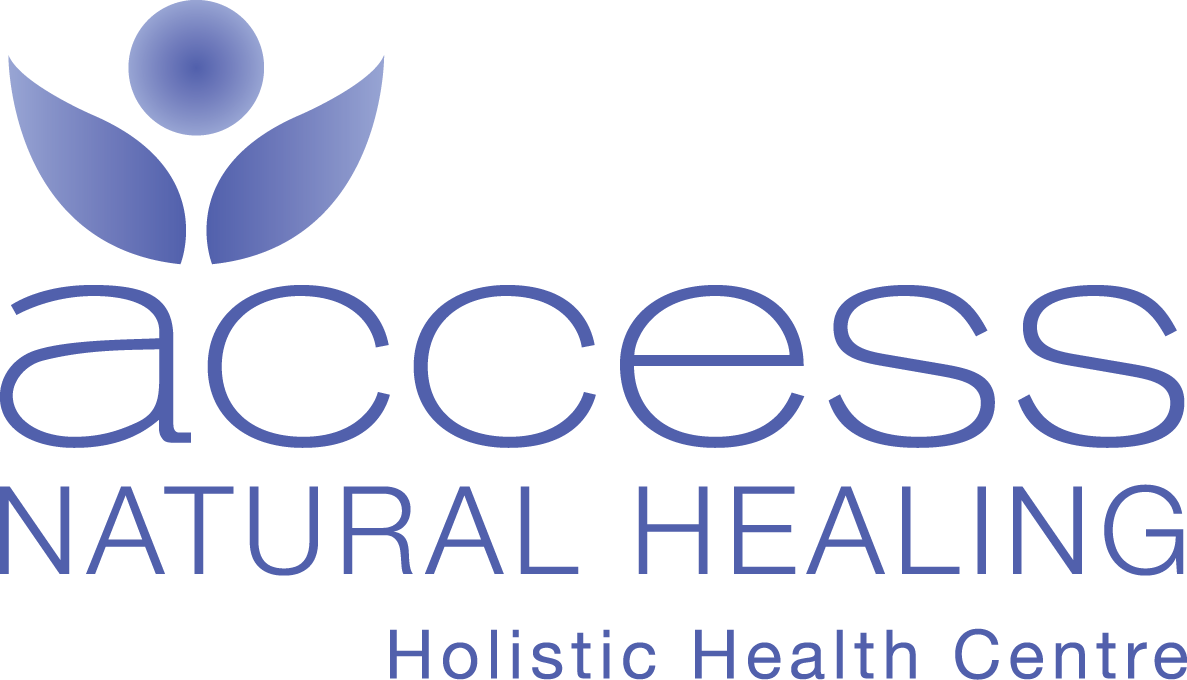2 ND HRI International Homeopathy Research Conference 22 Dr Gustavo Aguilar Velázquez Sun 7 June, 09.50 Evaluation of Cytotoxic and Apoptotic Effects of Several Homeopathic Dilutions of Echinacea angustifolia on Human Breast, Cervical and Prostate Cancer Cells and Genotoxic Study of E. angustifolia MT Delgado Pastelín Lucero, Ordaz Pichardo Cynthia, Gustavo Aguilar Velázquez Propulsora de Homeopatía S.A. de C.V., Escuela Nacional de Medicina y Homeopatía, Instituto Politécnico Nacional, México Correspondence: PhD. Gustavo Aguilar Velázquez Propulsora de Homeopatía S.A. de C.V. Escuela Nacional de Medicina y Homeopatía, Instituto Politécnico Nacional, México Email: gav5799@gmail.com
/Introduction:Cancer research needs a multi-disciplinary approach from several areas of medicine. The use of homeopathic drugs in cancer treatment has generated wide interest and controversy. Objective: The aim of this research was to study the efficacy of homeopathic dilutions of Echinacea angustifolia on different cancer cell lines . Methods: Cytotoxic activity of E. angustifolia mother tincture (MT) and homeopathic dilutions (6C, 30C, 200C, and 1M) was assessed on human cell lines: MDA-MB-231 (Breast cancer), HeLa (Cervical cancer) and PC-3 (Prostate cancer). Cytotoxicity was measured using the 3-(4,5-dimethylthiazolyl-2)-2,5-diphenyltetrazolium bromide (MTT) method1. Apoptosis was determined by Annexin-V with flow cytometry2. To demonstrate the safety of homeopathic dilutions, cytotoxicity was measured on peripheral blood mononucleated cells (PBMC). Genotoxicity was evaluated by Ames test3 (in vitro)and Micronucleus assay4 (in vivo). Results: E. angustifolia homeopathic dilutions had a statistically significant decrease of cellular viability (p<0.05 compared to the vehicle) on MDA-MB-231 cells. The viability percentages were MT (11.51±0.81), 6C (24.21±7.04), 30C (30.49±9.22), 200C (24.86±2.52), 1M (30.36±2.61), vehicle (75.91±3.64), and on HeLa cells were MT (3.71±0.76), 6C (39.14±10.6), 30C (45.81±12.00), 200C (60.26±10.16), vehicle (83.82±11.56). The higher cytotoxic effects were observed with the MT on MDA- MB-231 cells, also in a lesser degree in all homeopathic dilutions. No cytotoxic effect was observed on PC-3 cells. The E. angustifolia MT induced dead by early-apoptosis (48.6%) and late-apoptosis (34.4%) in MDA-MB-231 cells after 24h of treatment. On the other hand, the E. angustifolia MT was not mutagenic and had no genotoxic effect in vitro or in vivo. Conclusion: This study provides scientific evidence of the ability of E. angustifolia homeopathic dilutions to induce apoptosis in the breast cancer cell line MDA-MB-231, which encourages a possible use as supportive medicines in cancer therapy. Further in vivo studies of these homeopathic remedies must be performed. Keywords: E. angustifolia, homeopathy, cancer, cytotoxicity, apoptosis




